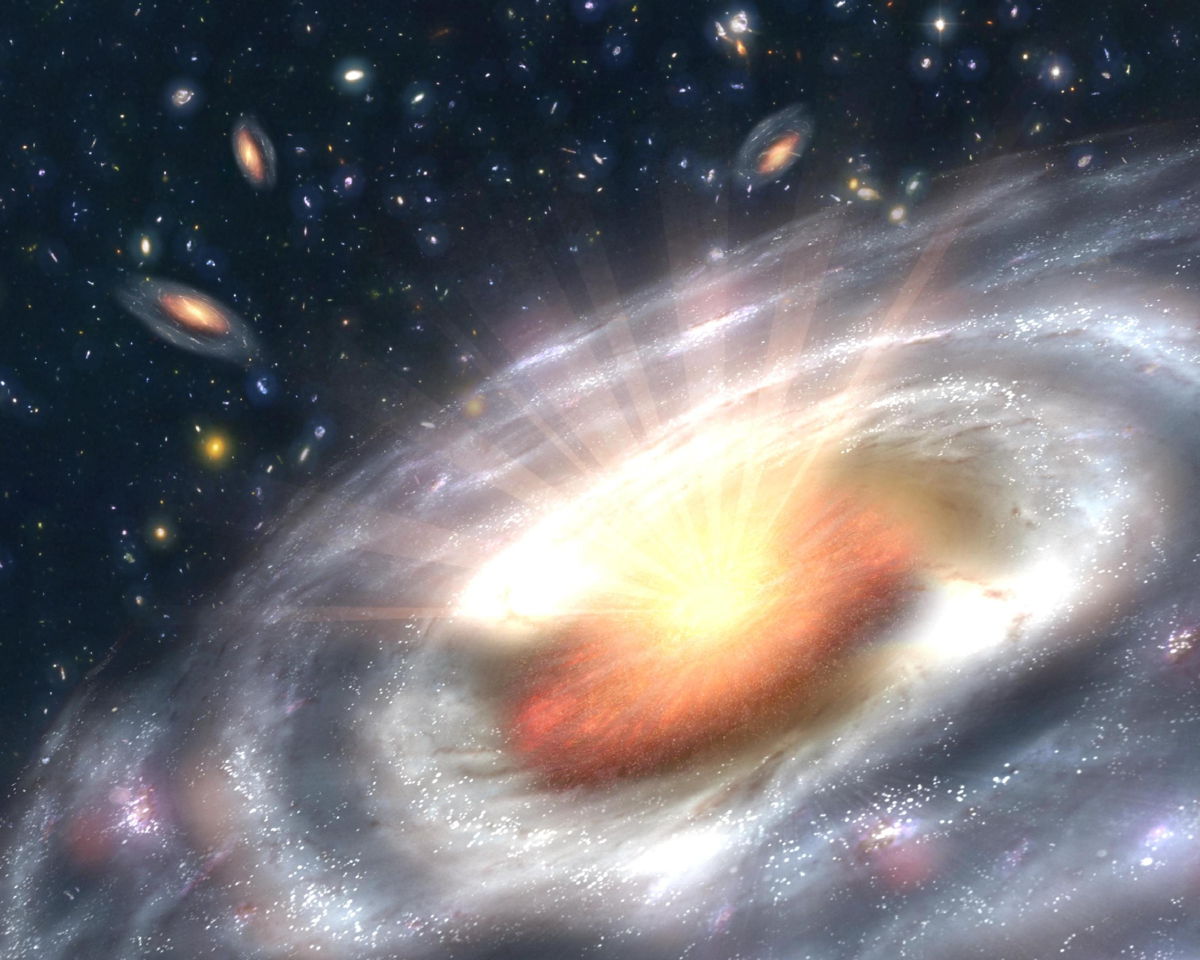
NASA will reveal new findings about black holes during a news conference today (Feb. 27).
The news conference, which starts at 1 p.m. EST (1800 GMT) Wednesday, will relay results based primarily on observations made by two X-ray space telescopes: NASA's Nuclear Spectroscopic Telescope Array (NuSTAR) and the European Space Agency’s XMM-Newton observatory, NASA officials said.
The scientists participating in the briefing are:
- Fiona Harrison, NuSTAR principal investigator at Caltech in Pasadena
- Guido Risaliti, astronomer at the Harvard-Smithsonian Center for Astrophysics in Cambridge, Mass.
- Arvind Parmar, head of Astrophysics and Fundamental Physics Missions Division, European Space Agency
NASA will stream audio of the teleconference, along with participants' visual aids, live at http://www.ustream.tv/nasajpl2. SPACE.com will carry the NASA feed here.
The $165 million NuSTAR observatory launched in June 2012, kicking off a planned two-year mission to study the universe in high-energy X-ray light. The telescope's observations should help scientists better understand galaxy formation, black hole growth and other phenomena, mission team members have said.
XMM-Newton is a grizzled space veteran by comparison. The telescope launched in December 1999 and has been probing X-ray emissions around the universe ever since.
Follow SPACE.com senior writer Mike Wall on Twitter @michaeldwall or SPACE.com @Spacedotcom. We're also on Facebook and Google+.
Get the Space.com Newsletter
Breaking space news, the latest updates on rocket launches, skywatching events and more!
Join our Space Forums to keep talking space on the latest missions, night sky and more! And if you have a news tip, correction or comment, let us know at: community@space.com.

Michael Wall is a Senior Space Writer with Space.com and joined the team in 2010. He primarily covers exoplanets, spaceflight and military space, but has been known to dabble in the space art beat. His book about the search for alien life, "Out There," was published on Nov. 13, 2018. Before becoming a science writer, Michael worked as a herpetologist and wildlife biologist. He has a Ph.D. in evolutionary biology from the University of Sydney, Australia, a bachelor's degree from the University of Arizona, and a graduate certificate in science writing from the University of California, Santa Cruz. To find out what his latest project is, you can follow Michael on Twitter.
